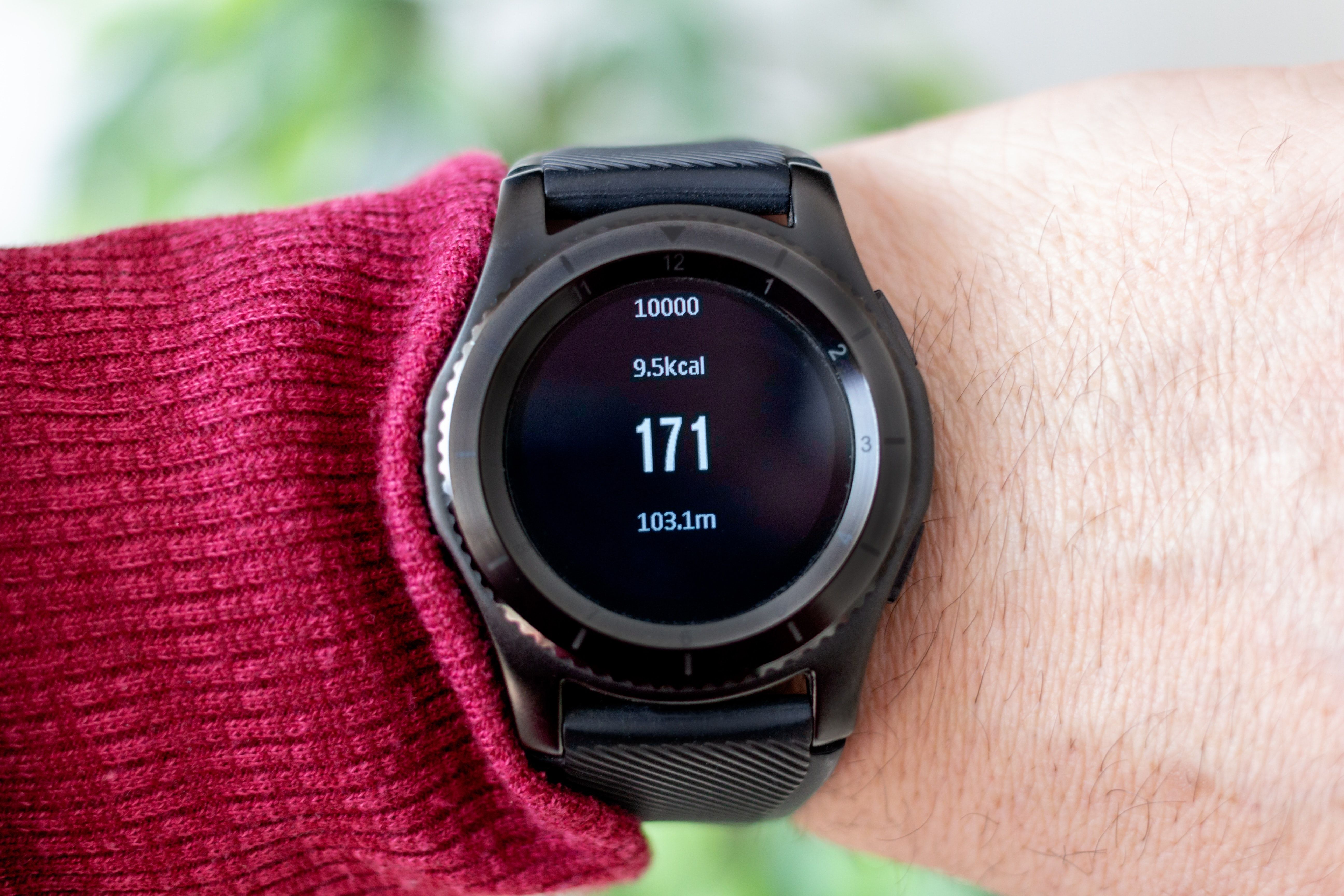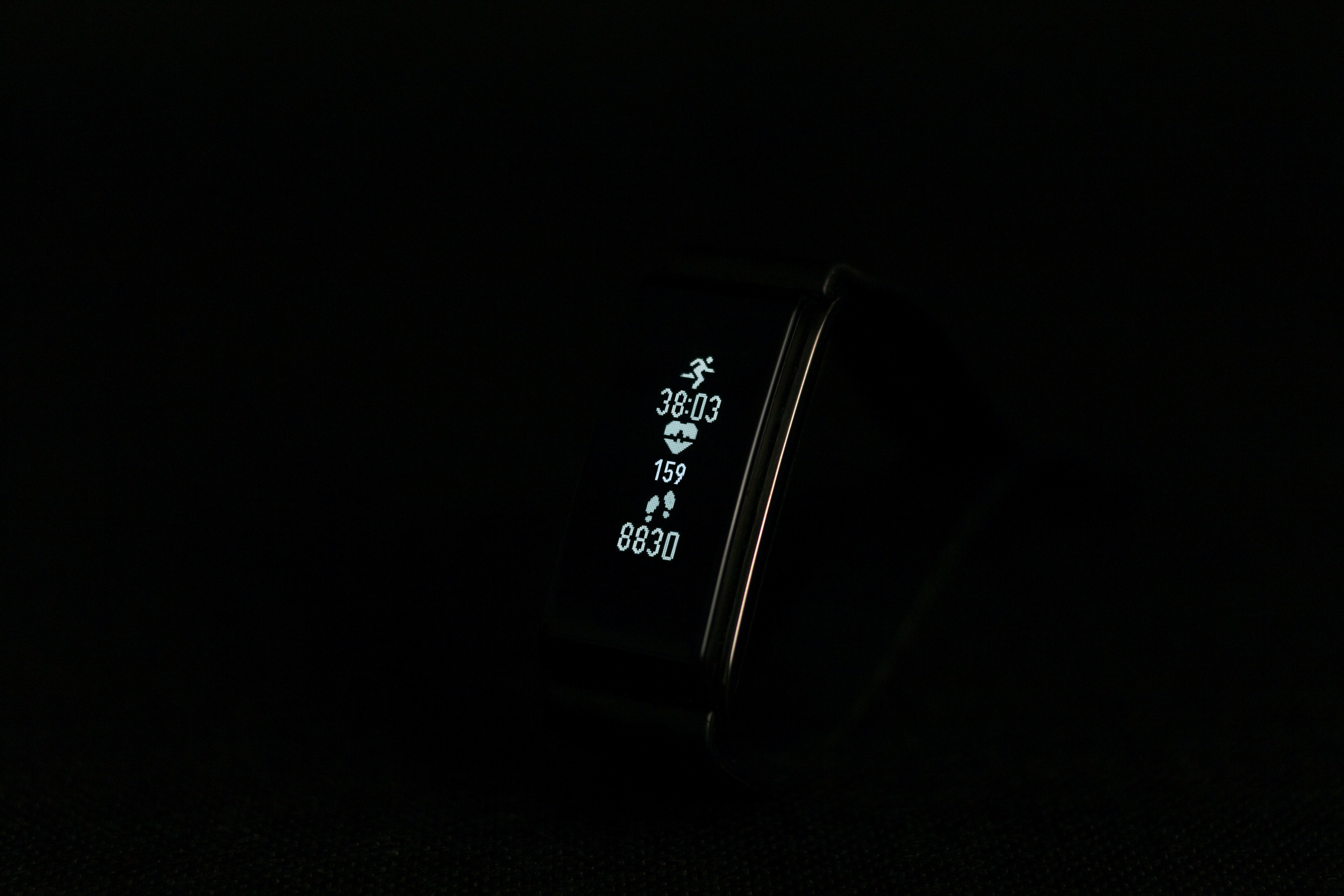Did you know that your heart rate plays a huge role in how your body reacts to a fitness regimen?
Sure, it's totally possible to lose weight or get fit through sheer instinct and force of will alone. Why take the long way home, though?
Unlock your hidden potential by tracking your heart rate zones with a heart rate monitor. Thanks to the power of science, you could see results faster and more reliably than ever.
What Are Heart Rate Zones and Why Do They Matter?
Heart rate training zones refer to different percentages of your body's maximum capacity for performance as a baseline for how hard you should be training throughout your workout. HIIT routines and training programs like P90X use the theory behind this concept to maximize fat burn and to save you time without compromising the quality of your workout.
There are five heart rate zones total, with Zone 1 at the bottom and Zone 5 representing your all-out most intense session. Zone 5 can be thought of as your maximum or peak heart rate—the fastest that your heart will beat when you push your body to the absolute limit.
Zone 1 is considered to be your recovery zone—your ideal resting heart rate for light, non-strenuous physical activity, or when your body is normalizing after rigorous movement. Meanwhile, your resting heart rate is your average BPM when performing no exercise at all.
Everything that falls in between these two extremes matters just as much. You can calculate your own heart rate zones by counting each heartbeat yourself or using peripheral tools, such as the heart rate monitor on your Apple Watch.
Calculating Maximal Heart Rate: Formula and Zone Descriptions
How is maximum heart rate calculated? The good news is that you don't need a max heart rate calculator or any fancy arithmetic.
According to a study in the Journal of the American College of Cardiology, you can calculate your max heart rate accurately using the following formula:
208 - (0.7 * Your Age) = Your Ideal Max Heart Rate
The zone that you're in refers to the percentage of your ideal max heart rate that you're able to attain and sustain throughout a given interval or set.
The following are the five zones that you should be striving for:
- Zone 1: 50% - 60% of your max heart rate
- Zone 2: 60% - 70% of your max heart rate
- Zone 3: 70% - 80% of your max heart rate
- Zone 4: 80% - 90% of your max heart rate
- Zone 5: 90% - 100% of your max heart rate
All of these different zones can be used in support of a more thorough, effective, and efficient workout session.
How to Use a Heart Rate Monitor for Heart Rate Zones
The best way to get your feet off of the ground when training with heart rate zones is to use a heart rate monitoring app or device.
To find your resting heart rate, all you have to do is count how many beats your heart pumps out. Many fitness trackers and heart monitoring apps automatically track your resting heart rate.
The same goes with finding your Zone 5 maximum heart rate: after three or four minutes of intense physical movement, check your heart rate monitor to see approximately what you should be striving for at your best.
A dedicated heart rate device is awesome if you take training and fitness more seriously than the average user. Dedicated heart rate monitoring devices include the following:
- The Garmin HRM-Pro Heart Rate Monitor
- The Polar H9 Heart Rate Sensor
- The Wahoo TICKR X Heart Rate Monitor
For more casual use, any smartwatch or fitness tracker with biometric sensors will work just as well.
Counting your heart rate BPM in your head is possible when calibrating your routine. In the heat of the moment, however, it won't be easy to keep track. This is one of the biggest benefits of using a heart rate monitor: instead of guessing, you'll have the most accurate data at all times.
How to Manage Target Heart Rate for Weight Loss
You've got three primary means of control over your heart rate while running or lifting:
- The time spent on each set or sprint
- The intensity of the load (EG, the weight of your dumbbells, or the slope that you're jogging against)
- The number of reps that you perform between periods of rest
As your fitness levels improve over time, the effort that you started with won't be challenging enough for your body, and your results could plateau. In order to continue to get stronger and faster, you'll have to ratchet things up in any of the three areas listed above.
If you've already got your ideal heart rate zones calculated, planning each session around those numbers becomes a simple matter of timing each move or station to match what you would like to achieve with each workout.
The internet is full of fitness resources that can connect you to workouts designed to achieve specific health goals: weight loss, improved strength and flexibility, enhanced endurance, and a calmer, more focused resting disposition.
Online personal trainers can help you train according to your heart rate zones with one-on-one sessions. Alternatively, you can sign up for on-demand fitness classes to work out on your own time while tailoring the workouts to your heart rate zones.
Some at-home exercise equipment, such as a Peloton bike, features heart zone indicators and fitness goals right on-screen. They're perfect for people who are just starting their fitness journeys.
Who Do Heart Rate Training Zones Work?
Heart rate zones emphasize the way different activity levels affect biomechanical behavior and intracellular activity.
Once you've made it into Zone 2, for example, your muscles expend oxygen more efficiently than while at rest. Your body begins to turn away from its glycogen stores, targeting fat as its source of fuel, instead. By the time you hit Zone 5, your body will be more resistant to the pain of intense exercise, flushing out excess lactic acid and allowing you to continue without restraint.
Generally, the higher your heart rate, the more calories you're burning per minute exercising. But you don't have to go all-out, all the time.
According to a study in the Journal of Strength and Conditioning Research, it's more efficient to work in intervals of significant heart rate elevation with brief periods of rest between sets. You can use heart rate zones to chart that course.
Harness the Power of Your Heart Rate During Exercise
For a newcomer, those first few weeks at the gym will often feel like a confusing uphill battle. Give yourself the insight you need to succeed with a heart rate monitor and a fitness program that gets you moving in all the right ways.




